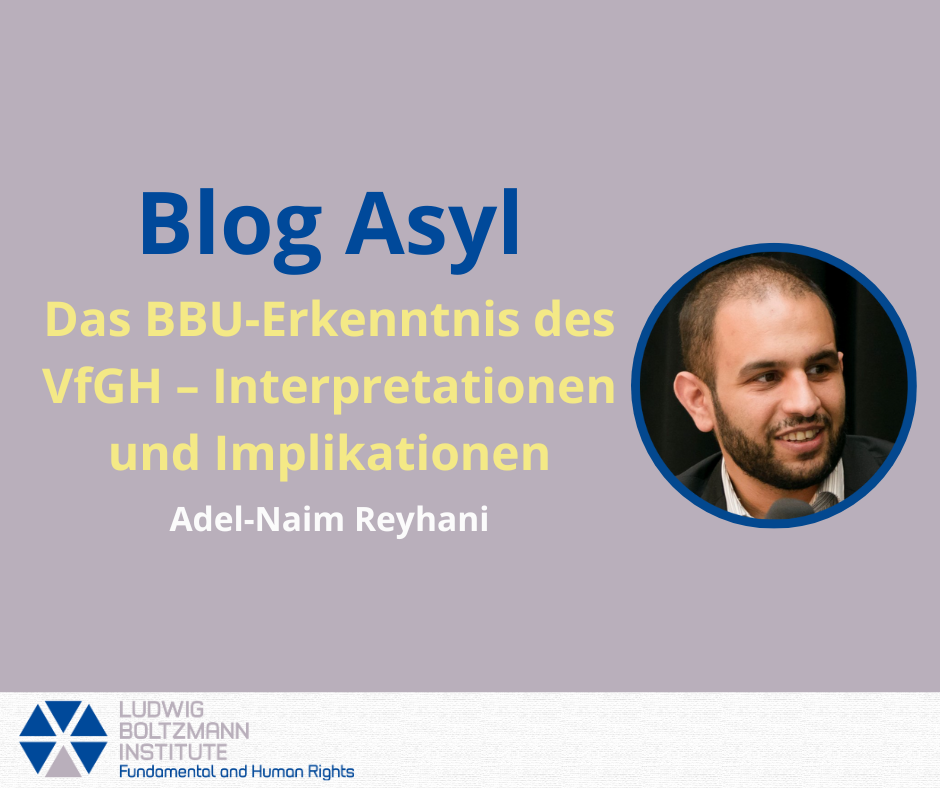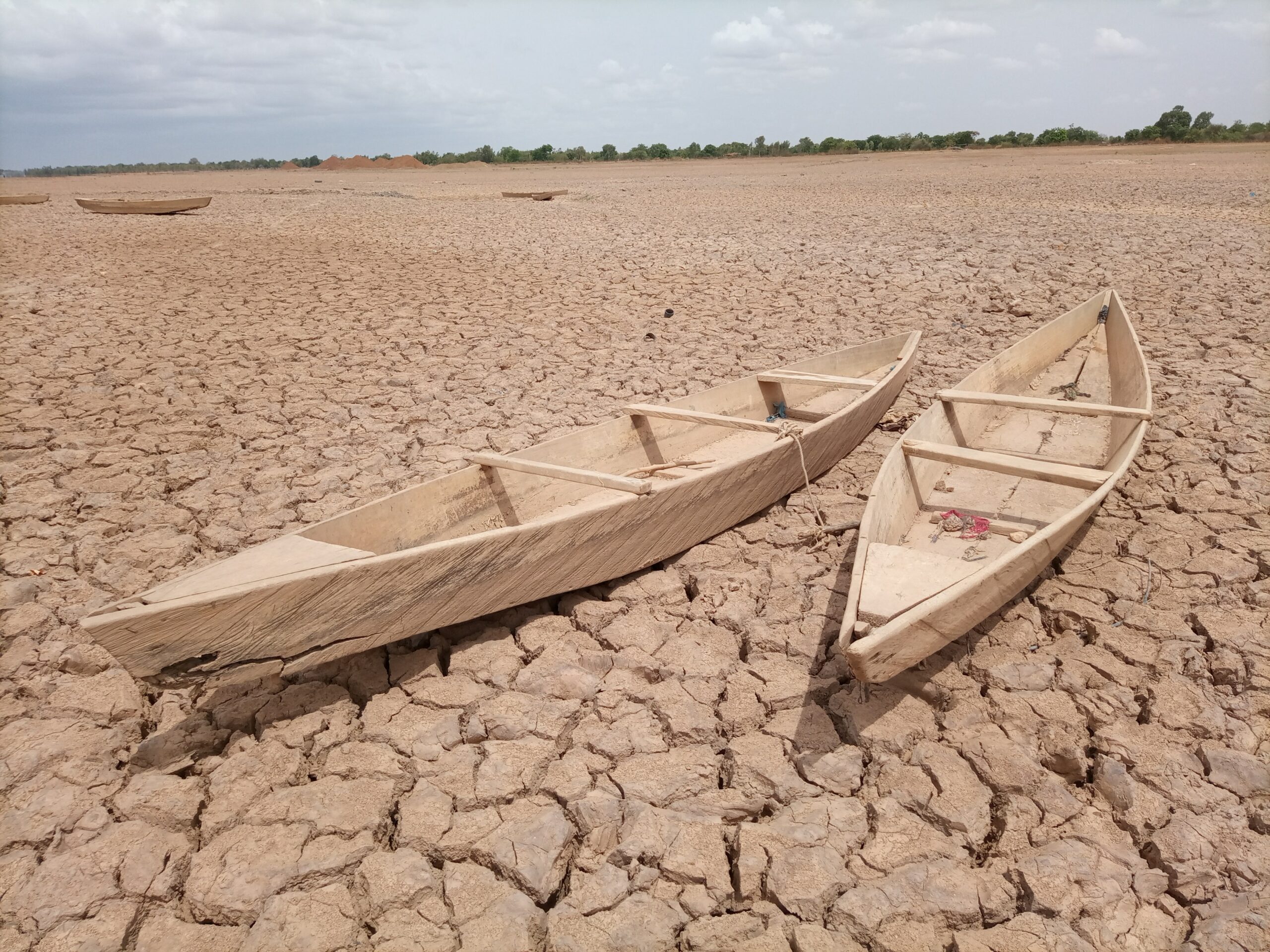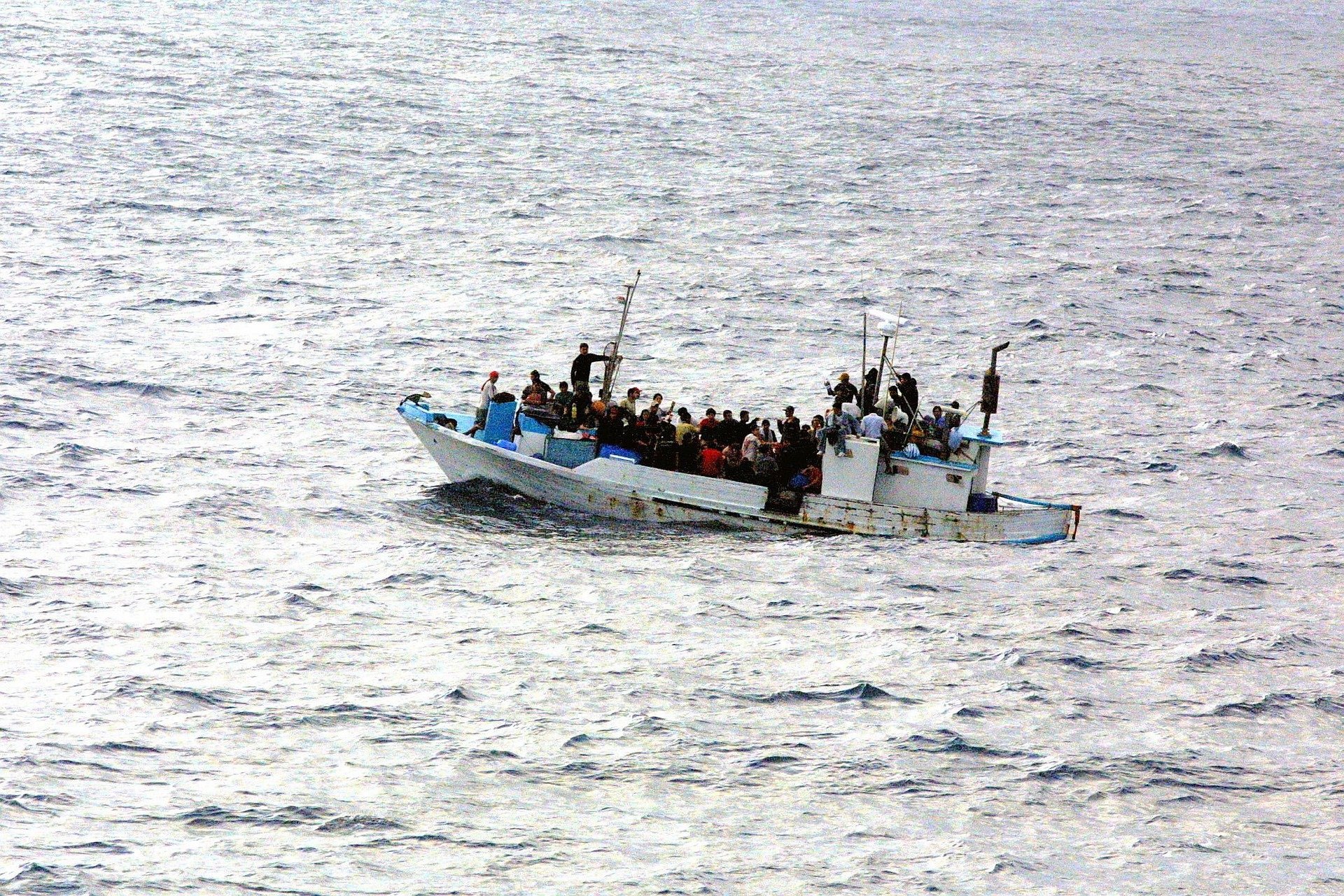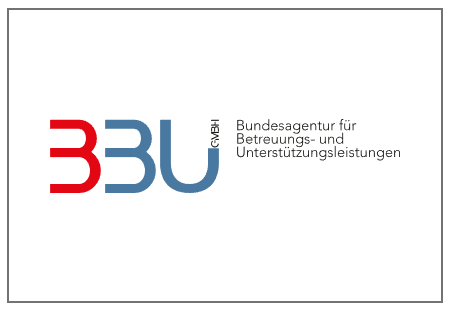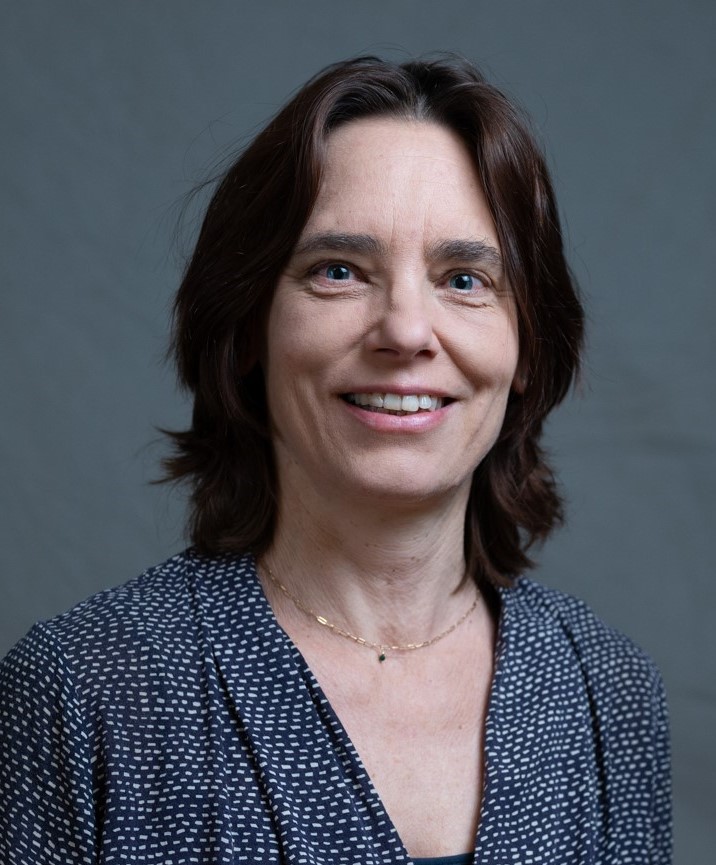Asylum and Migration
About the Programme Line
During and after the Second World War, countless displaced people were affected by a humanitarian catastrophe and rightlessness. In response, the international community agreed to create a more robust legal framework to protect refugees: the Geneva Refugee Convention. This agreement from 1951 would henceforth provide those who lose the protection of their country of origin with a secure legal status elsewhere. Moreover, the rights of refugees and other migrants have since been further strengthened and consolidated – in Europe, particularly by the European Convention on Human Rights.
However, states are increasingly seeking ways to evade their legal responsibilities towards those seeking asylum. At the same time, however, the European Union’s response to the displacement of millions of people in the wake of the Russian invasion of Ukraine shows that new approaches are possible.
Furthermore, it can be observed that the legal position of refugees is questioned, instead overemphasising the humanitarian character of refugee protection. In this context, an increasing use of the concept of “vulnerability” is visible.
Additionally, environmental changes – especially those related to climate change – are more and more playing an important role in the mobility of people. However, concerning cross-border migration, no international legal instrument exists that regulates the legal status of people in the country of destination.
Focus Areas
The research of our programme line deals with elaborating the human rights and refugee law implications of these developments.
Thereby, the focus lies on the following questions:
- How does the attempt by states to prevent access to asylum by externalising migration control affect the rightlessness of refugees?
- Where are the structural deficits in international refugee law, and how can the law be further developed?
- How can the protection gap for those who cannot return to their country of origin due to the effects of environmental disasters and climate change be closed at European and international levels?
- To what extent are there links between disasters, inequalities, and mobility, and what role do environmental aspects play in asylum decisions at the national level?
Scientific Approach
We are convinced that basic research and doctrinal legal work should be accompanied by practical recommendations. Accordingly, our work results in proposals for the further development of the legal framework and recommendations for political and civil society decision-makers.
Goals and Achievements
The programme line initiates important steps towards further developing the law and a human rights-based asylum and migration policy. We regularly present the results of our academic work at (inter)national research conferences and publish them in renowned specialist publications. In addition, our independent research work provides a fact-based basis for decision-making in public debates and exchanges with various actors.
